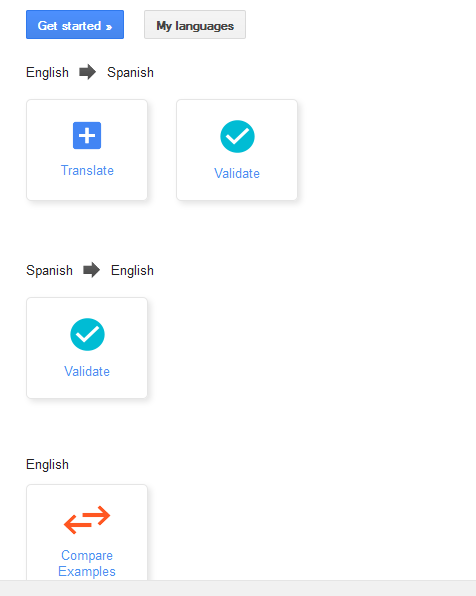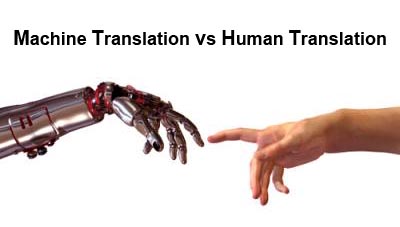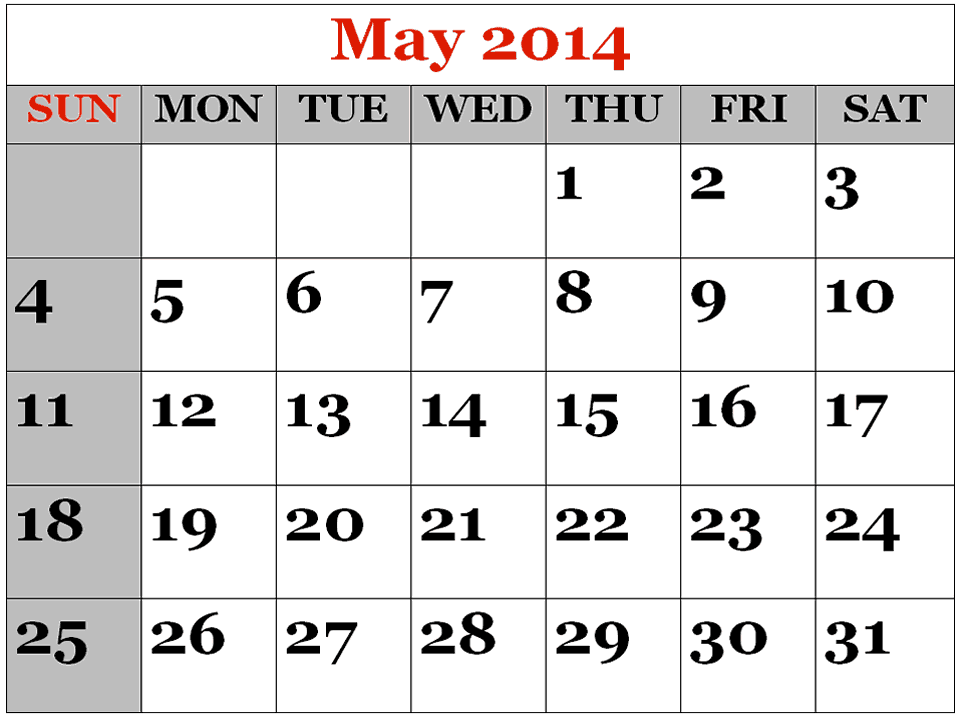Google recently launched a Translate Community, inviting language-lover volunteers to help improve the accuracy of Google Translate services.
At first sight, this seems like a win-win situation, as long-suffering Google Translate users have often voiced their frustration with the quality of the translations rendered, while Google gets free knowledge (and labor) from a virtual community of volunteers who speak more than one language. (This is another issue: Google is a multinational corporation operating with billions of dollars annually; one would think that it could afford to pay professionals to do the job right!).
Is All that Glitters Gold?
Nevertheless, it might make sense to heed the old adage, “If it seems too good to be true, it probably is” because – as anyone who works in translation knows all too well – speaking is not translating, any more than walking is dancing.
Together with all the usual issues associated with crowdsourcing (susceptibility to malicious attacks, quality of work in general, reliability of contributors, problems with communication, and so on), there are drawbacks that are specific to collaborative translation/editing on a massive scale. This can be further complicated when editing a machine-generated translation, i.e., one that from the beginning lacks the human translation of its meaning. It seems rather like weekend DIYers building a skyscraper on a foundation of sand…
The Importance of Human Expertise
No matter how sophisticated, to date no machine translation system has been able to approach the professional translator’s sensitivity to language variant, context and register, essential elements in any good translation…and something that language-lovers volunteering their time and effort cannot be expected to contribute with their efforts, no matter how well-meaning or dedicated they may be.
The Pareto principle (aka the 80-20 rule) tells us that, for many events, about 80% of the effects are generated by about 20% of the causes. It remains to be seen if the Google Translate community will have enough knowledgeable volunteers who are active and expert enough to provide the accurate information needed to guarantee translation accuracy in sufficient volume, and how this will balance out with the contributions of those who are not.
A Bad Translation is Worse than No Translation at All
One of the most critical issues, however, might actually be one that is not commonly addressed: the illusion of reliability. Most translators have dealt with clients who want them to compete pricewise with machine translation (which is, of course, impossible) and have found themselves having to explain the pitfalls of Google Translate and other machine translation services in order to justify their rates. Some clients have finally “discovered” (perhaps after a negative experience!) that machine translation is not suitable for use in any but the most limited of circumstances, but it remains to be seen whether this new project to improve Google Translate services will lend a false illusion of reliability to what will nevertheless remain nothing more than machine translation.














